Nonprofits today face a serious challenge: no matter how meaningful the mission, it’s harder than ever to capture attention in a world saturated with causes, content, and fundraising appeals. Without a clear, up-to-date nonprofit marketing plan, even the most important messages risk getting lost. By committing to proven strategies and current best practices, your organization can break through the noise, reach the people who matter most, and secure the support needed to advance your mission.
But creating an effective nonprofit marketing strategy can feel daunting, especially if marketing isn’t your primary focus. That’s why we’ve outlined 19 actionable approaches that will help you create a strong and timely nonprofit marketing plan. From defining your target audience to crafting a compelling brand message, these strategies will equip your organization to communicate with confidence and achieve lasting results.
- Define Your Target Audience
Nonprofits rely heavily on donations and support from their audience, so it’s essential to understand who your target audience is and what they care about. Your target audience could include donors, volunteers, or people who benefit from your services. It’s important to understand their motivations for supporting your nonprofit, their interests, and their demographics.
For example, if your nonprofit supports a specific cause, such as animal welfare, your target audience could be animal lovers and pet owners who are passionate about the welfare of animals. You can use this information to create targeted marketing campaigns that speak directly to their interests and values.
Understanding your audience can also help you tailor your messaging and communication channels, meeting your audience where they are. For instance, if your target audience is young and tech-savvy, you might focus on social media marketing to reach them. Alternatively, if your audience is primarily older, you might focus on email marketing or traditional media.
- Set Clear Goals
Setting clear goals is foundational for any marketing strategy. Whether you aim to increase website traffic, raise additional funds, or otherwise, having explicit goals helps you stay focused, measure your success, and adjust your strategy when needed.
When setting your goals, make sure they are specific, measurable, achievable, relevant, and time-bound (otherwise known as SMART goals). For instance, instead of setting a goal to increase website traffic, you could set a goal to increase website traffic by 20% in six months. This greater clarity helps define what success looks like for you, so you can more effectively find pathways to get there.
One final note: every marketing goal should flow directly from your nonprofit’s mission and values. When goals are out of sync, organizations risk wasting resources, confusing supporters, or diluting their impact. For example, if your nonprofit’s mission is to promote environmental sustainability, a well-aligned goal might be to increase volunteer participation in a local tree-planting initiative. This way, your marketing efforts not only drive engagement but also directly support the core mission your community cares about most.
- Conduct a SWOT Analysis
A SWOT analysis is a powerful tool that helps you identify your nonprofit’s strengths, weaknesses, opportunities, and threats. Conducting a SWOT analysis can help you identify areas where you need to improve your marketing efforts and capitalize on your strengths.
To conduct a SWOT analysis, start by listing your nonprofit’s strengths, such as a strong brand reputation, a dedicated team, or a loyal supporter base. Then, identify your weaknesses, such as a lack of funding or limited resources. Next, identify opportunities, such as partnerships with other organizations or expanding your services. Finally, identify threats, such as changes in government policies or competition from other nonprofits.
Once you have identified your nonprofit’s SWOT, you can use this information to develop a marketing strategy that leverages your strengths, addresses your weaknesses, capitalizes on opportunities, and mitigates threats.
- Develop a Unique Value Proposition
A unique value proposition (UVP) is a statement that defines what sets your nonprofit apart from others. It’s a clear and compelling message that communicates your nonprofit’s unique value to your audience.
To develop a UVP, start by identifying what makes your nonprofit unique. It could be your mission, your approach, or your impact. Then, craft a message that communicates your unique value to your audience in a clear and compelling way.
For example, if your nonprofit delivers arts education to underserved youth, your UVP might be: “We bring creative opportunities to young people, building confidence and skills that last a lifetime.” This communicates both your unique focus and the lasting difference you make.
- Create a Brand Identity
Creating a brand identity is essential to establishing a consistent visual identity for your nonprofit that reflects your values and mission. Your brand identity includes elements such as your logo, colors, fonts, and tone of voice.
To create a brand identity, start by defining your nonprofit’s values and mission. Then, use these values to inform your visual identity. Choose colors, fonts, and imagery that reflect your nonprofit’s values and mission.
Your brand identity should be consistent across all your communication channels, including your website, social media, and marketing materials. This consistency helps build brand recognition and trust with your audience.
- Use Storytelling
Storytelling is one of the most effective ways to bring your mission to life. By sharing real experiences, you can move beyond abstract statistics and show the human side of your work. These authentic narratives create emotional connections, help people grasp the importance of your mission, and inspire them to take action.
To harness the power of storytelling, look for meaningful accounts from those closest to your organization — beneficiaries, volunteers, or staff. Here are three quick example prompts you can use to uncover powerful stories:
- Can you share a specific time when our program made a difference in your life or in the life of someone you know?
- What has changed for you since becoming involved with our organization?
- What’s one story or moment with us that stands out and why?
Share these stories through videos, blog articles, or social media posts, always highlighting the personal impact rather than relying on technical language. When supporters see the difference your nonprofit makes in individual lives, they’re far more likely to feel engaged and motivated to contribute.
- Leverage Social Media
Social media platforms offer nonprofits an excellent opportunity to engage with their audience, build their brand, and promote their work. With social media, you can reach a large audience at a low cost and interact with your supporters in real-time.
To leverage social media effectively, start by identifying the platforms that your target audience uses the most. For example, younger demographics tend to use Instagram or TikTok more frequently, while older audiences more often use social platforms such as Facebook or LinkedIn. Once you have chosen platforms to target, create a social media strategy that aligns with your nonprofit’s mission and values. This could include creating engaging content, using hashtags, and using social media advertising.
- Develop a Content Marketing Strategy
Developing a content marketing strategy is an effective way to create valuable content that educates, informs, and inspires your audience. Content marketing can help you attract new supporters, build your brand, and establish your nonprofit as a thought leader in your field.
To develop a content marketing strategy, start by identifying your target audience and their interests. Then, create content — blog posts, videos, podcasts, and more — that aligns with both your audience’s interests and your nonprofit’s mission and values. Make sure your content is informative, engaging, and shareable. Use storytelling techniques and real-life examples to illustrate the impact of your nonprofit’s work.
- Use Email Marketing
Email marketing is one of the most direct and reliable ways to keep supporters connected to your mission. By landing in their inbox, you can share timely updates, highlight impact, and remind them of meaningful ways to get involved.
To make the most of this tool, focus on building a strong list, sending regular newsletters, and tailoring messages to your audience. Personalization and segmentation — such as highlighting events, programs, or initiatives that match a supporter’s interests — ensure your emails feel relevant and inspire action.
- Partner With Other Organizations
Collaborating with other nonprofits, businesses, and community groups can help you amplify your message and reach new audiences. You can also benefit from sharing resources, expertise, and networks.
To partner effectively, identify organizations that share your nonprofit’s values and mission. Then, reach out to them and explore ways to collaborate. This could include joint events, co-marketing campaigns, or cross-promotion.
- Invest in Search Engine Optimization
Search engine optimization (SEO) is all about making your website and content easier to find online. By improving how you show up in search results, you can boost visibility, draw more visitors, and connect with people actively looking for causes like yours.
To get started, focus on the keywords and phrases your audience is likely to use. Build content around those terms, and don’t forget the technical side — optimize your site’s structure, meta descriptions, and tags so search engines can easily understand and rank your content.
- Use Paid Advertising
Paid advertising on social media and search engines can help you reach new audiences and promote your nonprofit’s work. Paid advertising allows you to target specific demographics, interests, and behaviors to reach your ideal audience.
To use paid advertising effectively, identify the platforms that your audience uses the most. Then, create targeted campaigns that align with your nonprofit’s mission and values. Make sure to set clear goals and track your progress using analytics tools.
Learn more about the $10,000 per month Google Ad Grant.
- Measure Your Results
Tracking your marketing results is key to understanding what’s working, what’s not, and how to adjust for greater impact. Without measurement, it’s impossible to know if your efforts are truly moving the needle toward your goals.
Set clear benchmarks and use analytics tools to monitor progress. Look at website traffic, social media engagement, and email performance to spot trends and gaps. These insights will guide smarter decisions, helping you refine strategies and maximize your nonprofit’s reach over time.
- Create a Crisis Communications Plan
Every nonprofit is vulnerable to unexpected challenges, which is why having a crisis communications plan is so important. A well-prepared plan ensures you can respond quickly, protect your reputation, and maintain the trust of your supporters when issues arise.
Start by identifying the types of crises that could impact your organization and outlining clear response steps for each. Designate a crisis communications team, assign roles, and establish protocols so everyone knows how to act and communicate under pressure. Preparation today can make all the difference tomorrow.
- Engage With Your Donors
Donor engagement is the way to lasting relationships. By keeping supporters informed and making communication feel personal, you show donors they are valued partners in your mission, not just contributors. This connection deepens loyalty and inspires continued support.
To strengthen engagement, tailor your messages to each donor, express genuine gratitude, and share meaningful updates about your work. Inviting feedback and suggestions also gives donors a voice in your mission, helping them feel even more invested in your nonprofit’s success.
- Use Video Marketing
Video marketing is one of the most engaging ways to highlight your nonprofit’s mission. By sharing authentic stories through video, you can connect with supporters on an emotional level and clearly show the difference your organization makes.
To get the most impact, capture real experiences from those you serve, your staff, or volunteers, and turn them into compelling videos that reflect your unique value. Share these across your website, social media, and email to expand your reach and inspire more people to get involved.
- Host Events
Events are a powerful way to unite your community while shining a spotlight on your nonprofit’s mission. They create meaningful experiences that strengthen relationships, raise awareness, and leave lasting impressions on supporters.
For a successful event, choose a format that aligns with your mission — whether it’s a fundraiser, workshop, or community celebration — and plan every detail with care. Promote it through social media, email, and other channels to maximize turnout and ensure your message reaches a wide audience.
- Build a Community
Fostering a strong sense of community turns casual supporters into dedicated advocates. When people feel connected to your mission and see themselves as part of the story, they develop a sense of belonging and pride in being involved.
You can build this connection by creating meaningful ways for supporters to participate — through volunteering, online groups, or interactive events — and by celebrating their contributions. Sharing their stories and achievements not only honors their efforts but also motivates others to join in.
- Use AI Tools With Discernment
AI-powered marketing tools can be a powerful ally for nonprofits. They can streamline research, fast-track content optimization, and surface valuable insights. For example, AI tools like SEMrush or Ahrefs allow organizations to uncover high-impact keywords with a few clicks, helping them connect more efficiently with people passionate about their cause. These tools also support automated reporting and content polishing, dramatically reducing the time it takes to amplify your voice online.
However, it’s crucial to pair AI with intentional human insight. AI lacks contextual nuance, risking generic language or missed opportunities to truly resonate with your community. Ethical considerations must also remain front and center, since automated outputs can sometimes feel impersonal or misaligned with a nonprofit’s mission.
In short: let AI enhance your strategy, but not replace the thoughtful storytelling and values-driven guidance that define your cause.
In Conclusion
An effective marketing plan is the backbone of a thriving nonprofit. By applying these 19 tips and best practices, you can build a strategy that not only advances your mission but also connects with the people who make your work possible. The more intentional and well-structured your plan, the greater your impact will be.
Remember, marketing isn’t a one-and-done task; it’s an ongoing process that grows with your organization. Regularly reviewing results, adjusting your approach, and listening to feedback ensures your efforts stay relevant and effective. At its core, nonprofit marketing is less about promotion and more about building lasting relationships rooted in trust, authenticity, and a common cause.
In a digital landscape overflowing with constant notifications and endless distractions, your nonprofit has the unique ability to cut through the noise with something far more powerful: purpose. By centering your marketing on stories, relationships, and authentic impact, you remind people of what truly matters. You give people a chance to be part of something bigger than themselves, inspiring action that lasts far beyond a single campaign.
Want help managing all of this? Nonprofit Megaphone exists to help nonprofits amplify their voices via expert digital marketing. Our services include Google Ad Grant management, Microsoft Ads for Social Impact Grant management, content creation, website SEO, and a service called VisitorEmail, which captures contact information for website visitors.
By combining these strategic capabilities, we help nonprofits thrive by connecting them with their ideal audience and focusing on personalized engagement.
.svg)


.svg)
.svg)
.svg)

.avif)










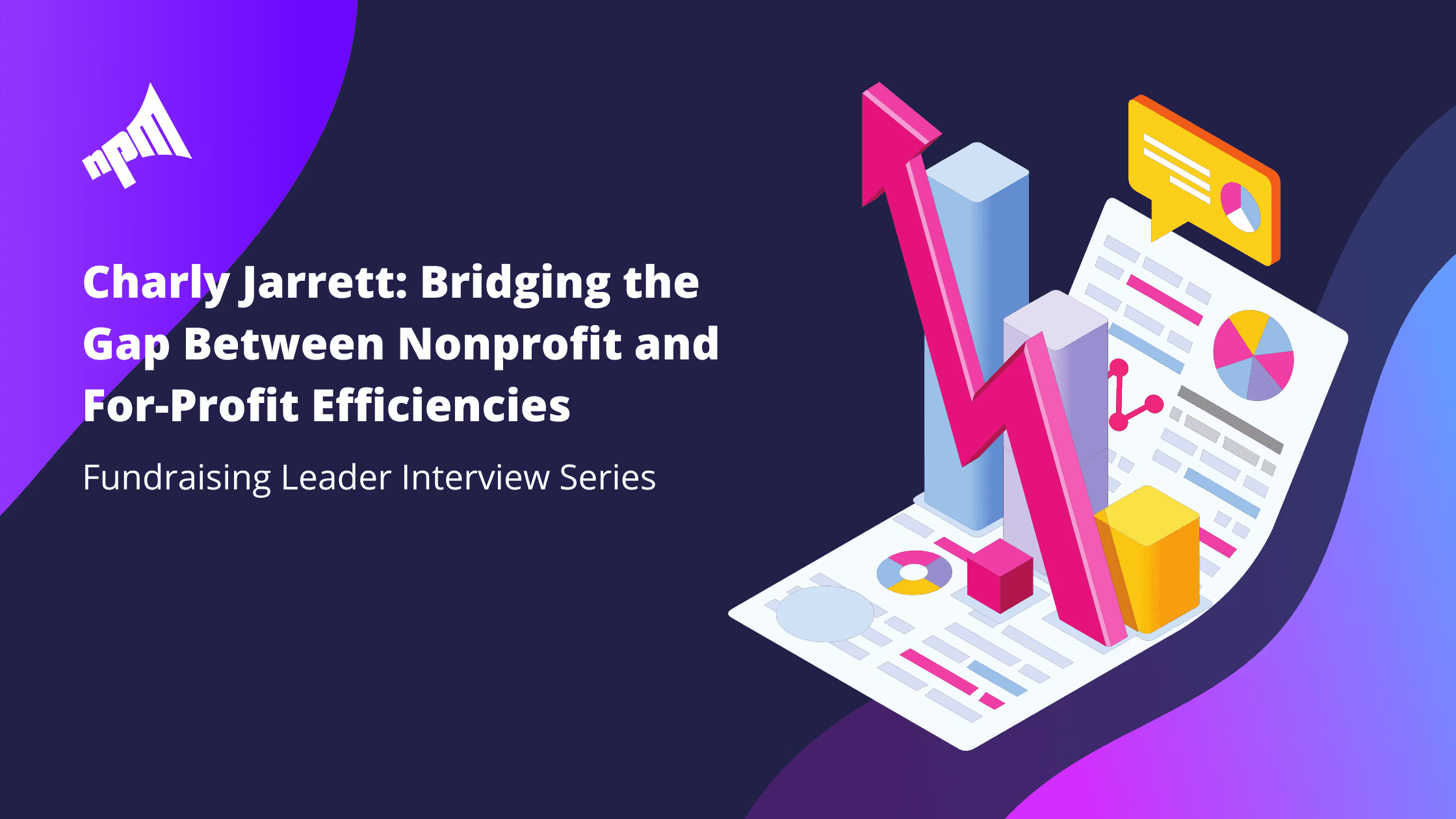





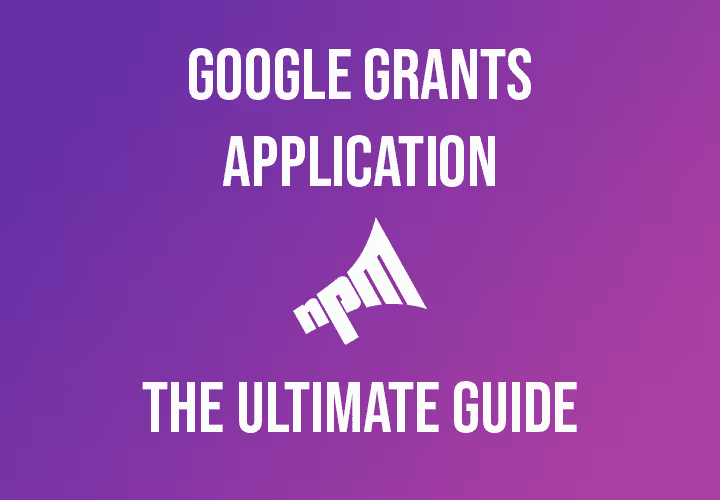









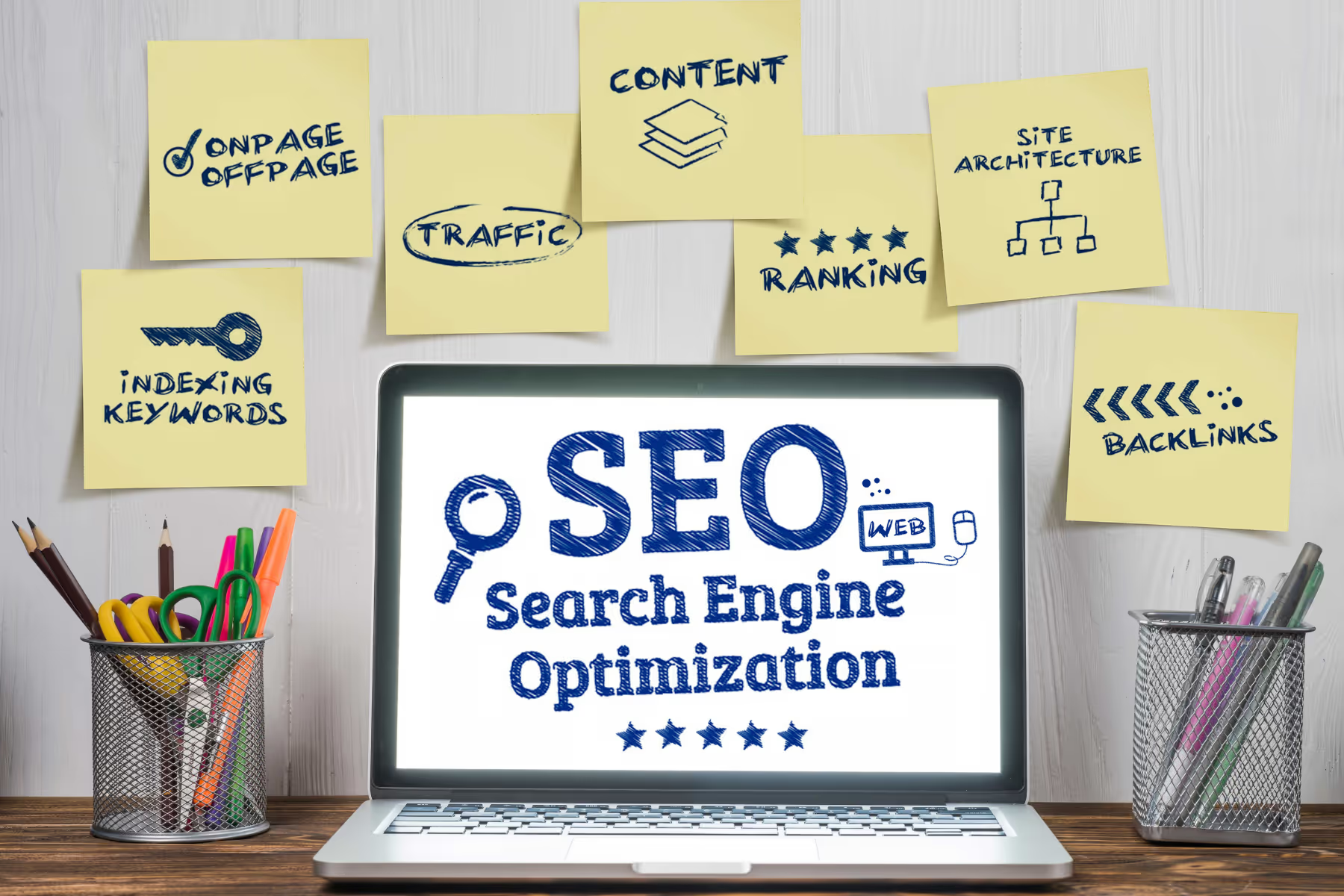


















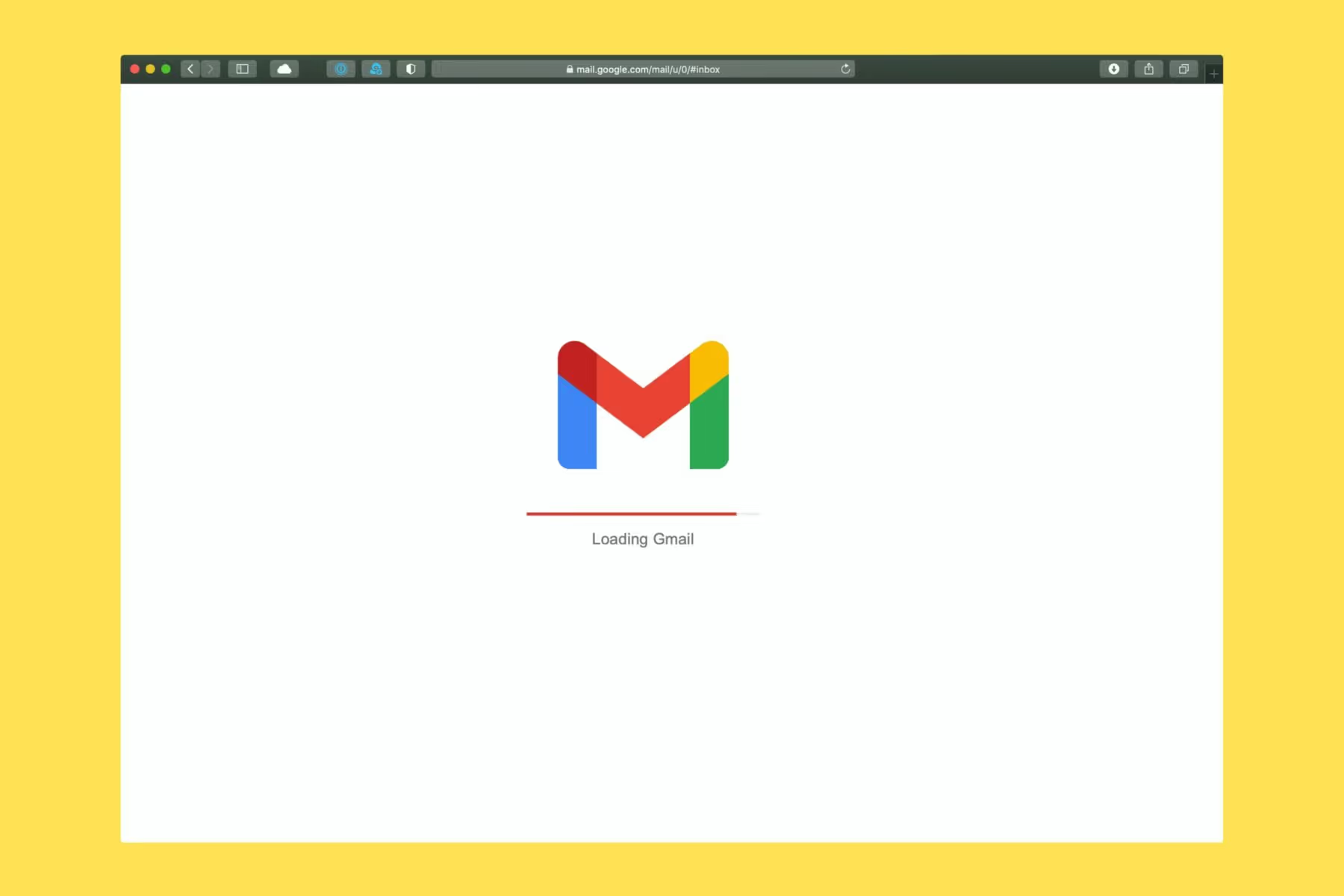







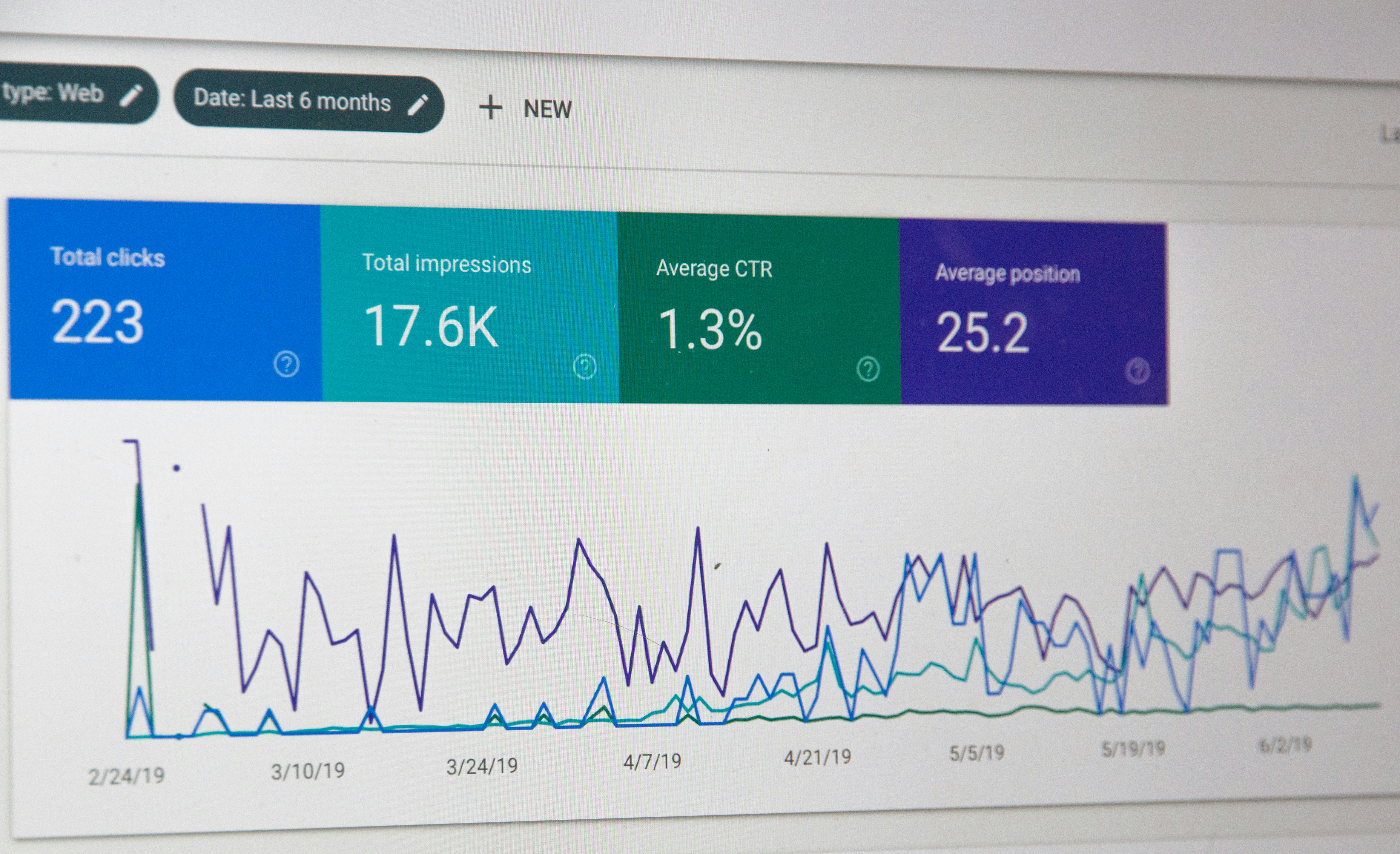
















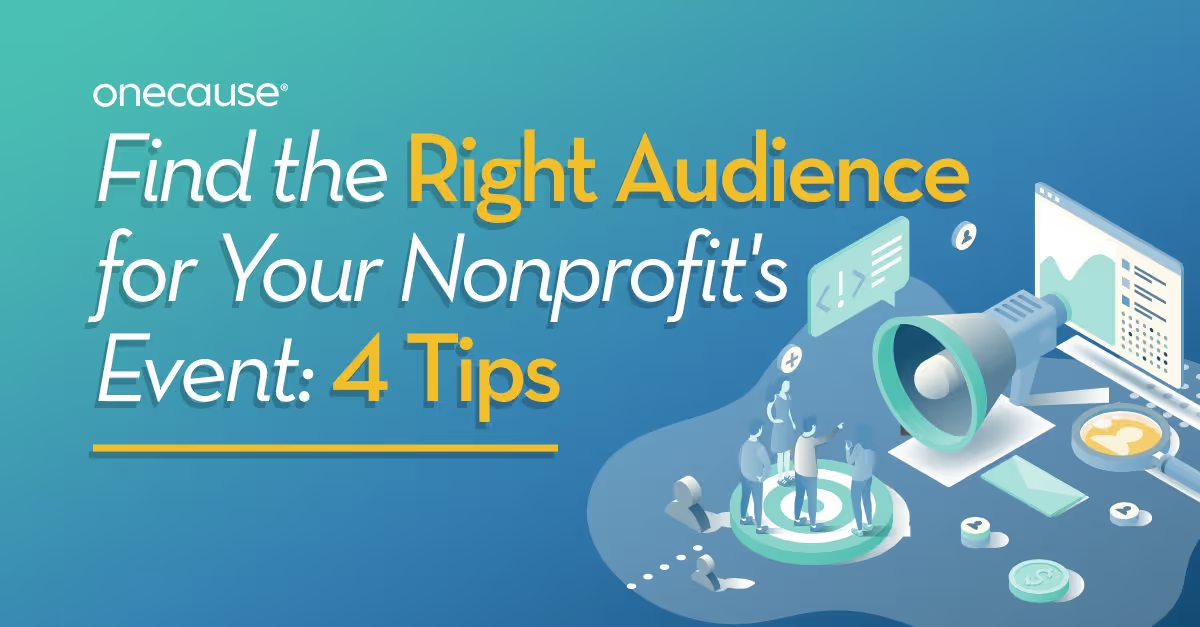

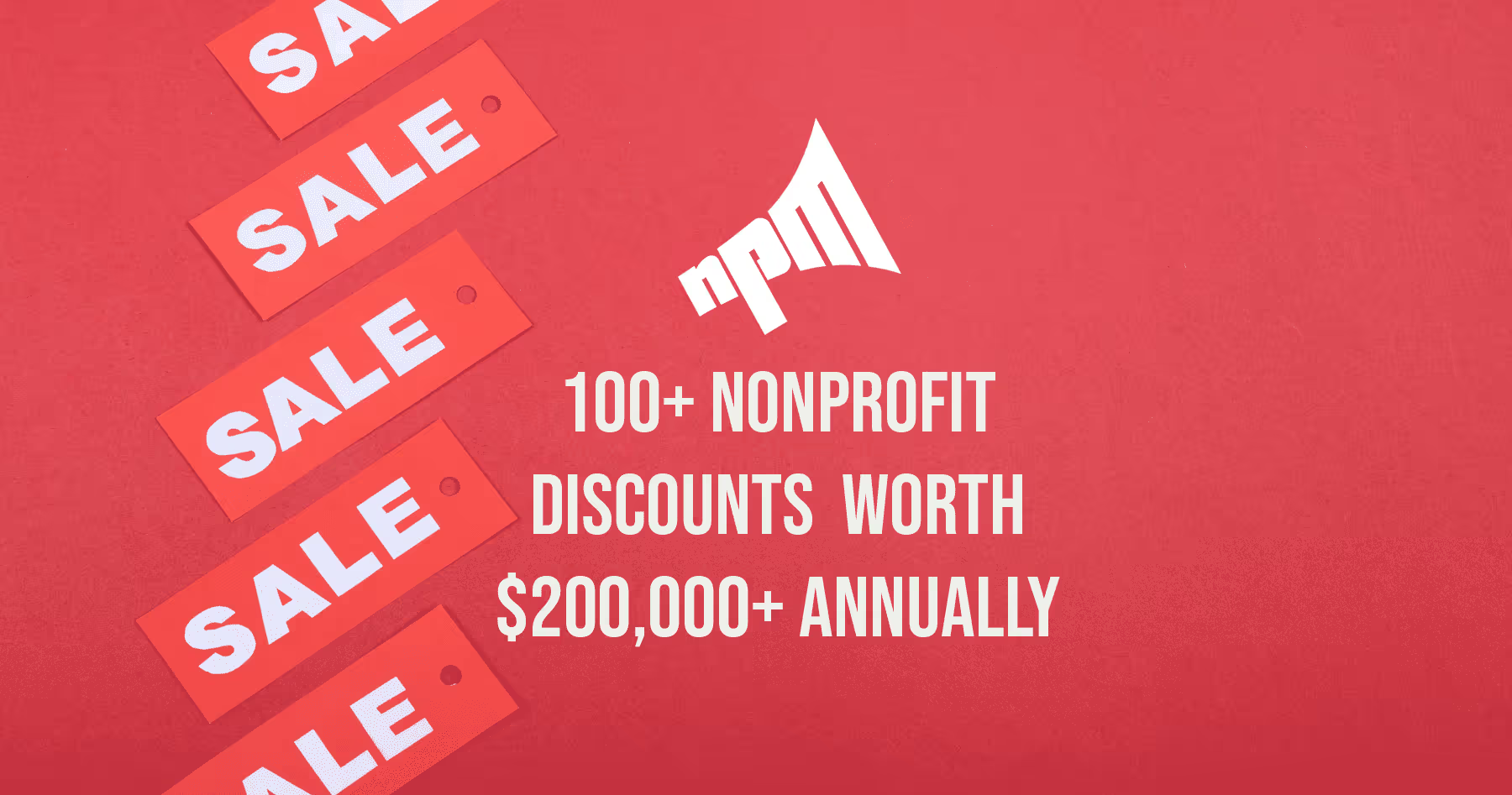



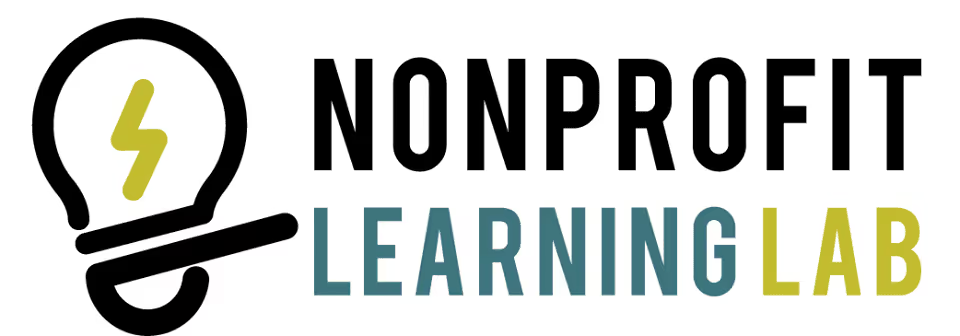








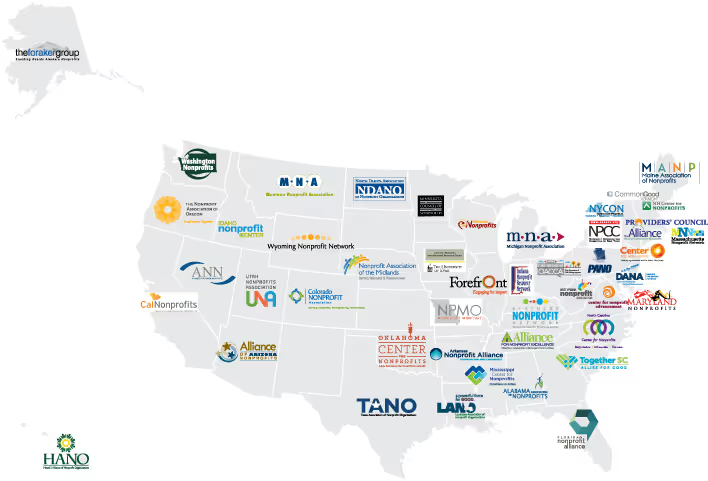






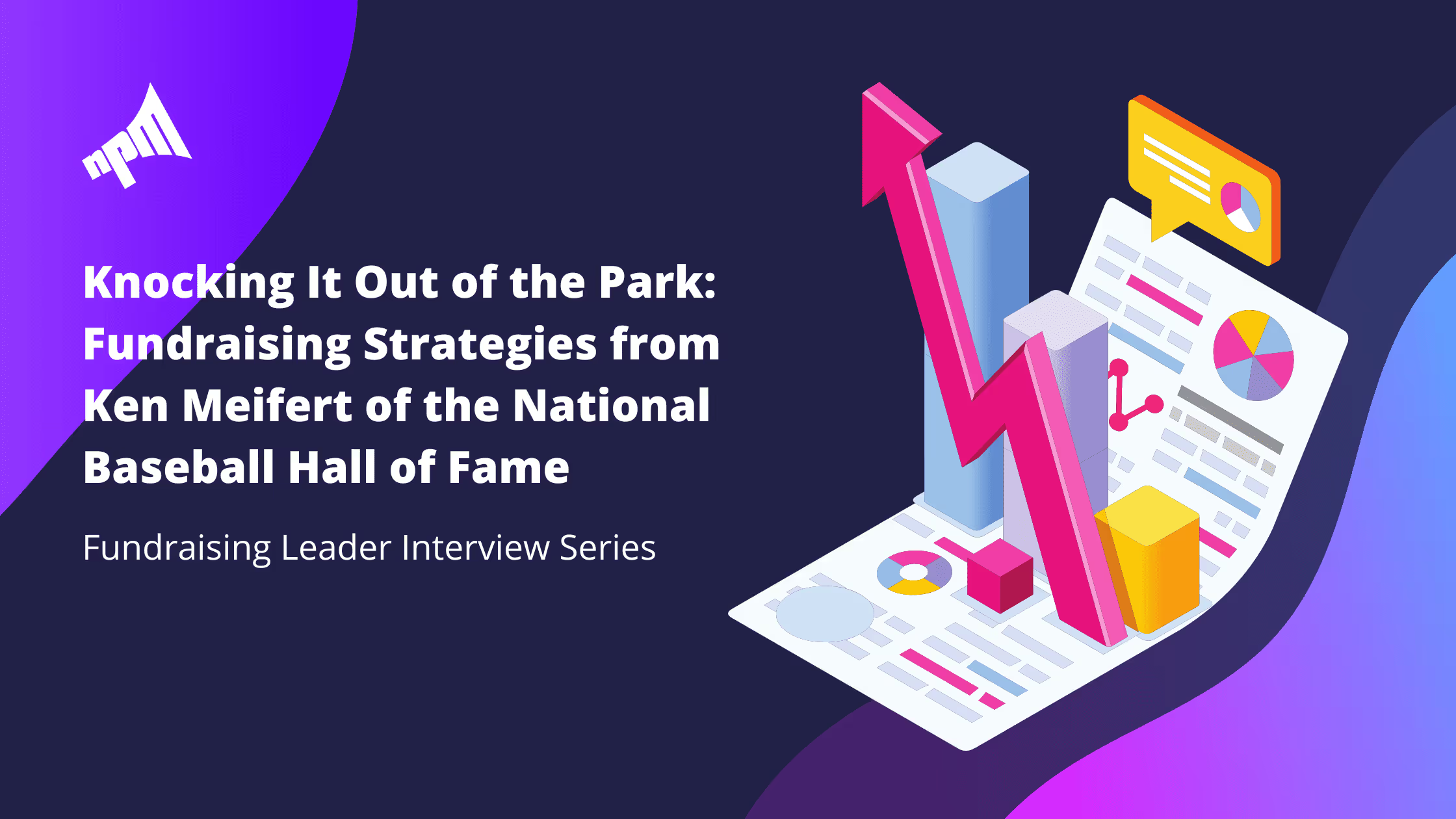











.svg)
.svg)
.svg)
.svg)